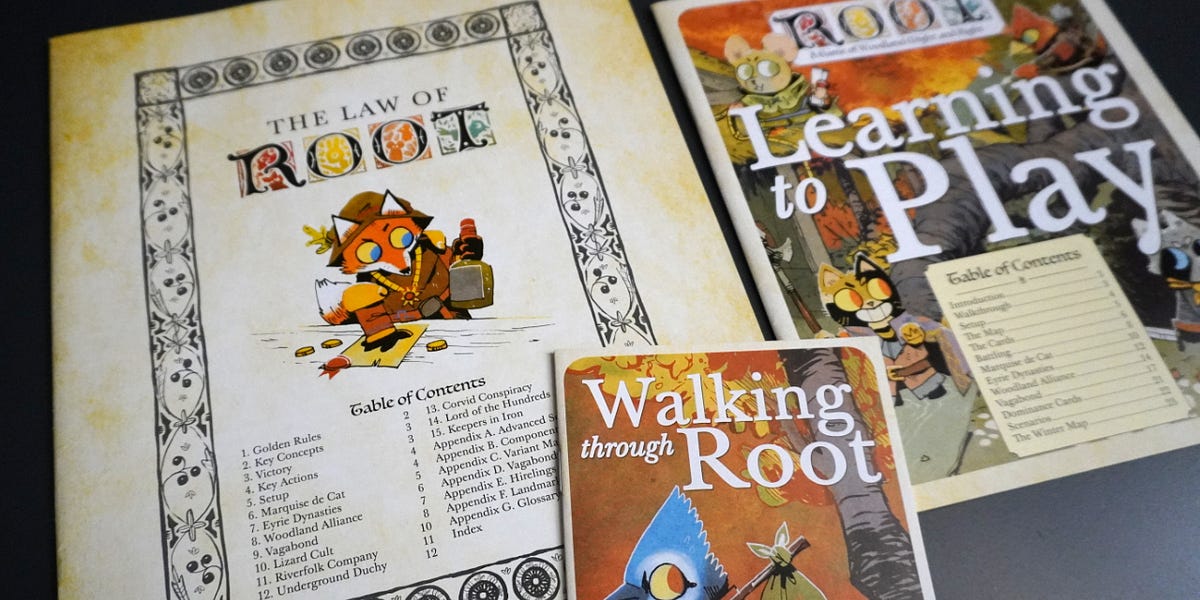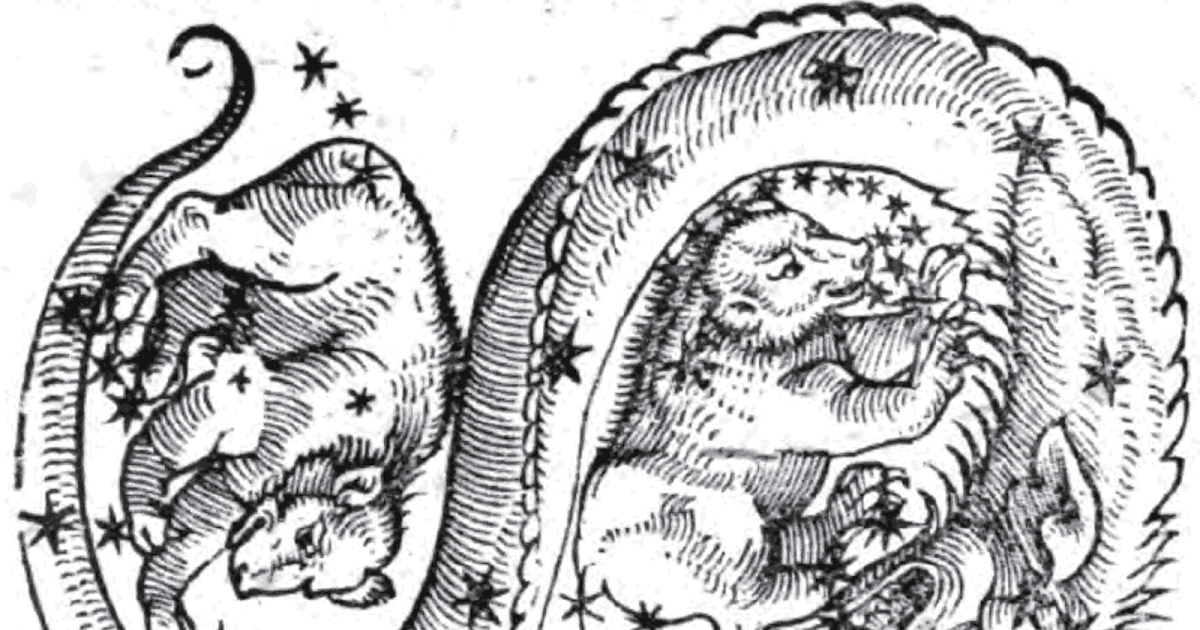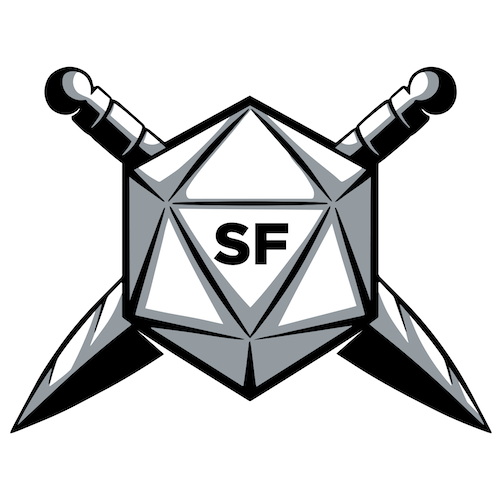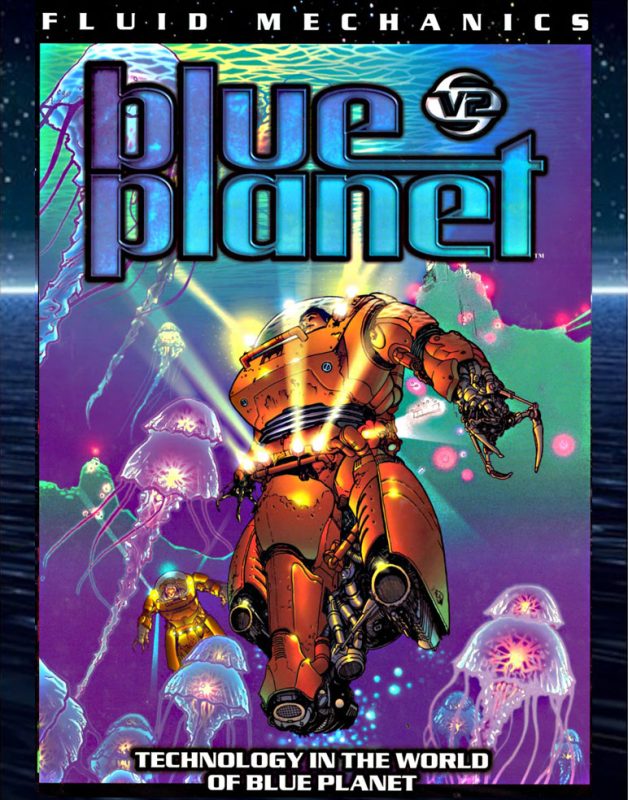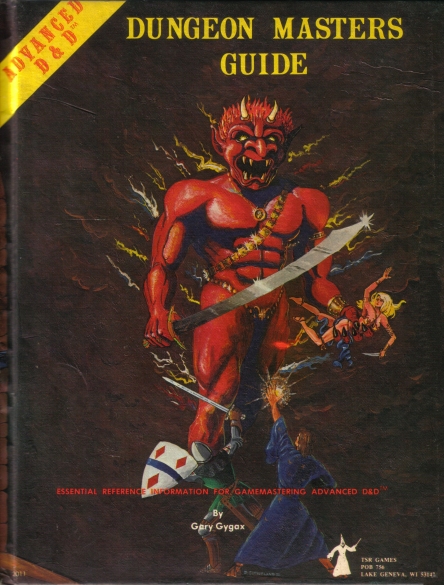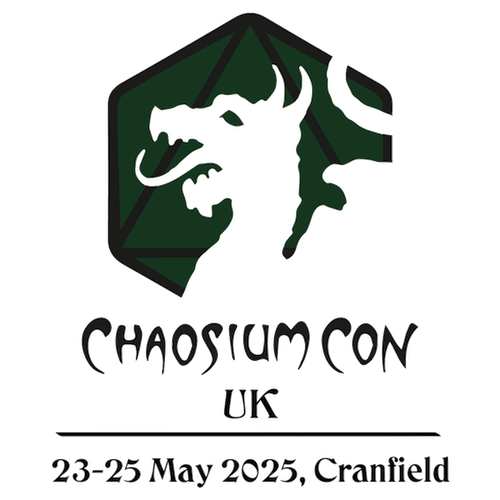SMOOSH JUICE
Review: Scarlet Heroes
tl:dr; a cool system for running old school modules with not many players, with useful mechanics worth stealing for any game of yours.
I was vaguely aware of Scarlet Heroes for a bit but got a chance to play it when an old comrade decided to give some classic dungeons a go in a schedule-friendly format. The key concept beyind Scarlet Heroes is to provide an engine that allows solo-play or duet-play (GM+1) for old school modules which might have been written with a significant party of PCs plus hirelings in mind. “Sword and Sorcery Adventures for the Lone Hero” as it says on the front.
I grabbed my copy to play in that campaign, mainly for better character generation insight and to get a better grip on the rules than the quickstart provided and was pleasantly surprised by the ‘creating adventures’ chapter – another Kevin Crawford masterwork of tags and tables to aid DMs. Lots of the different components of this book have proved unexpectedly useful to me – for a game I sort of stumbled upon it has been one I have referred back to and pulled up for use far more often than I expected. A sleeper hit that keeps on giving.
First impression – arresting cover art; the kind of piece that speaks to the book having a vision that is both clear and distinct. Not your mushy generic fantasy, but something unusual like Tekumel or Earthdawn. It is unusual for a setting designed to host old school modules to be strongly east-asian flavoured since most of those old adventures were generic fantasy western europe but it works.
So what do you find inside?
12 pages on Creating Your Hero
12 pages on Playing the Game
14 pages on Red Sorcery
12 pages on The World of the Red Tide
26 pages on A Bestiary of Foes
12 pages on Treasures Beyond Price
22 pages on Creating Adventures
17 pages on Solo Gaming
A single page Index
So what is in here chunk by chunk?
Creating Your Hero is familiar but pretty distinct to other old-school systems – a familiar set of six stats at the base then four classes of Cleric, Fighter, Magic-User and Thief which give hit points, Fray dice and attack bonus. Then above that is a ‘traits’ system where you pick descriptive traits, assign points and those are brought into play whenever relevant – “iron constitution”, “adventuring thief”, “former city watchman”. Race and class bonuses both come into play through traits – either adding to what you have or giving a new one like “halfing stealth” or “dwarven senses”. Characters get rounded out with equipment and spells if they get them and, ideally, a goal.
All this stands to be a pretty quick and light system to set up a character, few classes mean comparison is easy and the choices are distinct, variation between an armoured holy warrior and a swashbuckling pirate are made by in the traits – both are fighters. Equipment is just two pages, one of various items, the other of arms and armour including hirelings and services. I have become a fan of tight lists that reduce the potential for analysis paralysis. The section is rounded out with a quick character generator and a sample character sheet – for a non-spell caster this is an A5 page.
Playing the Game sets the tone with a box “Grognards, read this note […] There are some very basic differences between the way Scarlet Heroes works and the way that most other old-school games operate. The statistics and rolls and numbers may look the same, but the way they are used is very different.” There are four main mechanics – checks, saves, attack rolls and damage rolls and while similar to the typical D&D-type games there are definitely differences. Checks and saves base off a 2d8 roll, with difficulties starting at 9 for a simple task and ‘do not bother rolling’ for even simpler tasks.
Attacks use a d20 and are aligned to most old school systems but damage is very different. Damage goes directly onto monsters hit dice and the damage inflicted ranges from 0-4 per hit; each damage die is rolled alone and compared against thresholds of 2-5 (1 point of damage), 6-9 (2 points) or 10+ (4 points). A roll of 1 gets you no damage at all. Heroes also get a Fray die which is effectively and auto-damage die for every round a hero is in combat with equal or lesser HD foes. All the damage dealt can overflow where foes could also have been hit – so a hero in a combat with five 1HD skeletons gets a hit, rolls damage and their Fray die, gets three points total and that down three of the skeletons.
This is the core ‘how does a hero solo an old school dungeon’ mechanic and it works really well. I have played a few sessions as a player and it is enough to make it not feel suicidal to go dungeon delving but also keeps you cautious as this only works against lesser foes, so creeping about figuring out where the big nasties are is critical. Fights with big things are tense and brutal, as they should be but some thing can be dealt with handily.
A neat side effect of this damage approach is that old school tricks like caltrops and oil pools set on fire can also deal damage in a way that feels comparable to your main attacks and keeps those tools and tricks live in your toolbox. I like this mechanical support for lateral thinking – unsure was it a core intention but it certainly is a neat side effect.
There is guidance for converting modules written for other systems, a core goal of the book, which are simple and straightforward; mostly interpretting the numbers for another system into how damage is dealt within Scarlet Heroes and retaining most other modifiers for checks, saves or attack rolls as is. We get a single page quick reference, of which a third is casting spells or turning undead – so only two thirds of a page for what fighters and thiefs need to keep in mind. A two page play example that pulls all this together in a handy way.
Red Sorcery provides an adapted magic system for the Red Tide setting. It is the old school model where learning new spells is elaborate requiring finding wizards willing to teach (or scrolls), building shrines or laboratories or otherwise expending meaningful effort. New spells are treasures and rewards, not automatically accrued on a level up. We get fifty cleric spells over five pages, fifty wizard spells over six pages. These are each a short paragraph – five to eight lines in a half page column – so a big dollop of DM judgement and fiat is going to be involved with magic use edge cases.
The World of the Red Tide is a long-post apocalyptic setting; where the ‘Red Tide’ rose from the seas and the demons within devoured all the world – but for a flotilla that escaped the Ninefold Celestial Empire, landing and conquering a portion of the sunset isles from the native Shou, the goblinoids. Through conflicts and splits over the centuries we find the setting today as a predominantly east-asian inspired with some classic dwarves and a germanic-feeling land facing down the might of the Shou. We get peoples, nations, religions and customs sketched in lightly to be adapted as the GM sees fit.
A Bestiary of Foes is 26 pages of monsters and NPCs, some really odd things tailored to the Red Tide setting and some more generic things like elves and dwarfs, ghouls and horses that allow calibration of the system to others. Much of this is as one would expect but the real bonus is in the ‘encounter twists’ and ‘group size and condition’ tables at the end which can make the same half dozen goblins interesting again and again by tweaking the circumstances. There is also a nice ‘attitude’ 2d8 tabletable which is a touch expanded from the usual OSR at 13 distinct entries vs the usual five to seven.
Treasures Beyond Price provides us with a treasure generator and accompanying magical item generator. Similar to other DMG or equivalents it does have some nice flavour aligned to the setting.
Creating Adventures covers generating new adventures in the style of classic adventures. Within we get advice and guidance on campaigns and sandbox play and some great DM theory in here, spun towards the unusual duet-style gaming Scarlet Heroes is intended for. We also get a very handy ‘adventure tag’ set – I am a big fan of the tag system; themed sets of enemies, friends, things, complications and places that can be combined in pairs as a very helpful creative tool. Roll up two wilderness tags – e.g. hunting grounds and a poisonous land – and mix and match the tag elements to spark inspiration. I have written before about using this system to good effect generating adventures.
You also get some very rare guidance on good use of maps and on mapping dungeons along with five unkeyed maps from Dyson Logos which is very nice to see.
Solo Gaming covers how to set up a solo adventure, replacing your DM with oracular tables. We get three pages of general tables for distances, NPCs and univeral adjectives to ‘flavour’ happenings. These should be combined with the Urban, Wilderness or Dungeon specific adventure sections – each with a sequence of play for that style and tables of plots, events and locations – plus inhabitants for the dungeon. Each of the adventure type sections also has a page of general guidance on running that style of adventure and the section is capped off with a play example. Overall a neat toolkit, with suggestions for further resources in the Mythic Game Master Emulator. I recognise this is not my thing – while I am fine with duet-gaming, solo gaming is too close to novel writing for me, as a player I need an aspect of exploring a fixed unknown – like choose-your-own adventure books – not creating the world as I go. I can see the utility in this toolkit for others though.
Index – fairly bare bones, just hitting a selection of topics but I have not table tested it so maybe it is all the right entries, none of the cruft.
To wrap up – I have the luxury of getting actual time in on this game before writing this and I come back to my point above, this was the sleeper hit that snuck up on me. I really like the Fray dice and damage system rework that both makes the hero more of a theat to minor foes but keeps fights with big things chancy and deadly. As mentioned above, combining that with keeping tricks like caltrops and burning oil useful drives a more ‘think outside the box’ and combat-as-war approach which I like.
I really like the ‘traits’ approach for simplifying character creation while keeping some mechanical heft behind how you differentiate different types of fighter beyond just their gear. It and the adventure tags and the Fray dice concept/damage approach are really neat mechanics and tools that I would cheerfully rip and shift to other games. The traits system is great for working up temporary NPCs for split-party sessions. Adventure tags are great for working up adventures quickly and combine nicely with other Sine Nomine systems like Worlds Without Number. Even if you play the full system rarely there are little innovations in here worth knowing for the general craft.
One thing I liked going through this book is the frequent references out to the works of others such as Dyson Logos maps or Tom Pigeons DM emulators which provides a window out on other things of interest. It anchors this within a wider web of games and game-aid creators and potentially introduces folk to these Appendix N style. I have a soft spot for this stuff in particular because this is how newbies find their way to the wider hobby – recognising that someone picking up Scarlet Heroes is probably a battle-hardened gamer, it is still nice to see.
Another great thing about Scarlet Heroes, in common with most of the works of Kevin Crawford, is that there is a free version available that has the core parts and enough to get you going on the rest. The free version omits adventure tags, many of the spells, the solo gaming rules – making it worth getting the full version once you have confirmed you would appreciate it by looking at the free version.
For some other reviews, see Unbridled Truth, Solo Skald, Halfway Station (on the beta), Tabletop Diversions or Smoldering Wizard
